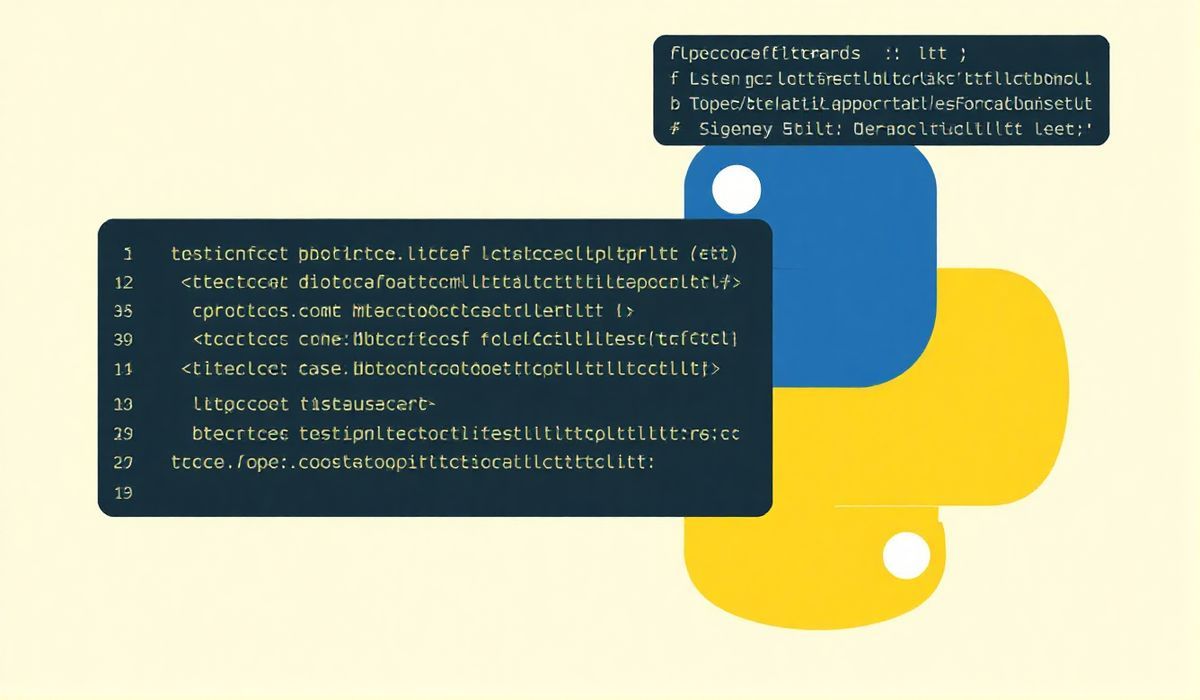Mastering Asyncio: Unlocking the Power of Asynchronous Programming in Python
Python’s Asyncio is a powerful library that enables concurrent programming using asynchronous I/O. It allows developers to write scalable, non-blocking code in a simpler and more structured way compared to traditional threading or multiprocessing solutions.
What is Asyncio?
Asyncio provides a foundation to write asynchronous applications with event loops, coroutines, tasks, and futures. It enables running multiple I/O-bound operations simultaneously while avoiding the complexity of thread management.
Main Components of Asyncio
Let’s dive into some of the key components of Asyncio with examples:
1. Event Loop
The event loop is the core of Asyncio. It waits for events and executes tasks as they become ready.
import asyncio
async def say_hello():
print("Hello, Asyncio!")
# Run the event loop
asyncio.run(say_hello())
2. Coroutines
Coroutines are Python functions defined with async def. They are the building blocks of Asyncio and represent asynchronous operations.
import asyncio
async def fetch_data():
print("Fetching data...")
await asyncio.sleep(2) # Simulates I/O-bound task
print("Data fetched.")
# Example of running the coroutine
asyncio.run(fetch_data())
3. Tasks
Tasks wrap coroutines and make them runnable on the event loop. They allow multiple coroutines to run concurrently.
import asyncio
async def task1():
print("Task 1 starting...")
await asyncio.sleep(1)
print("Task 1 completed.")
async def task2():
print("Task 2 starting...")
await asyncio.sleep(2)
print("Task 2 completed.")
# Run tasks concurrently
async def main():
await asyncio.gather(task1(), task2())
asyncio.run(main())
4. Futures
A Future is a placeholder for a result that is not available yet. It is typically used by libraries and frameworks.
import asyncio
async def main():
loop = asyncio.get_running_loop()
future = loop.create_future()
# Simulate setting a result after 3 seconds
asyncio.create_task(set_future_result(future))
print("Waiting for the result...")
result = await future
print(f"Result received: {result}")
async def set_future_result(future):
await asyncio.sleep(3)
future.set_result("Done!")
asyncio.run(main())
5. Synchronization Primitives
Asyncio provides synchronization primitives like asyncio.Lock and asyncio.Queue for managing shared resources.
import asyncio
async def worker(name, lock):
print(f"{name} waiting for the lock...")
async with lock:
print(f"{name} acquired the lock...")
await asyncio.sleep(2)
print(f"{name} released the lock.")
async def main():
lock = asyncio.Lock()
await asyncio.gather(worker("Worker 1", lock), worker("Worker 2", lock))
asyncio.run(main())
Building a Real-World Example: Concurrent HTTP Requests
Let’s create a real-world application example using the above Asyncio APIs. We will build a script to make concurrent HTTP requests to different URLs.
import asyncio
import aiohttp
async def fetch_url(session, url):
async with session.get(url) as response:
print(f"Fetching {url}...")
html = await response.text()
print(f"Fetched {len(html)} characters from {url}")
return html
async def main():
urls = [
"https://example.com",
"https://python.org",
"https://asyncio.org",
]
async with aiohttp.ClientSession() as session:
tasks = [fetch_url(session, url) for url in urls]
await asyncio.gather(*tasks)
asyncio.run(main())
In this example, we use the aiohttp library to perform asynchronous HTTP requests concurrently. With Asyncio’s power, the script can fetch multiple URLs simultaneously without blocking the execution.
Conclusion
Asyncio is a game-changer for writing efficient and scalable Python applications, especially those involving network or file I/O. By mastering the APIs and understanding how to build real-world use cases, you’ll significantly boost your productivity and code performance.
We hope this introduction to Asyncio inspires you to explore it further and leverage it in your own projects. Happy coding!




